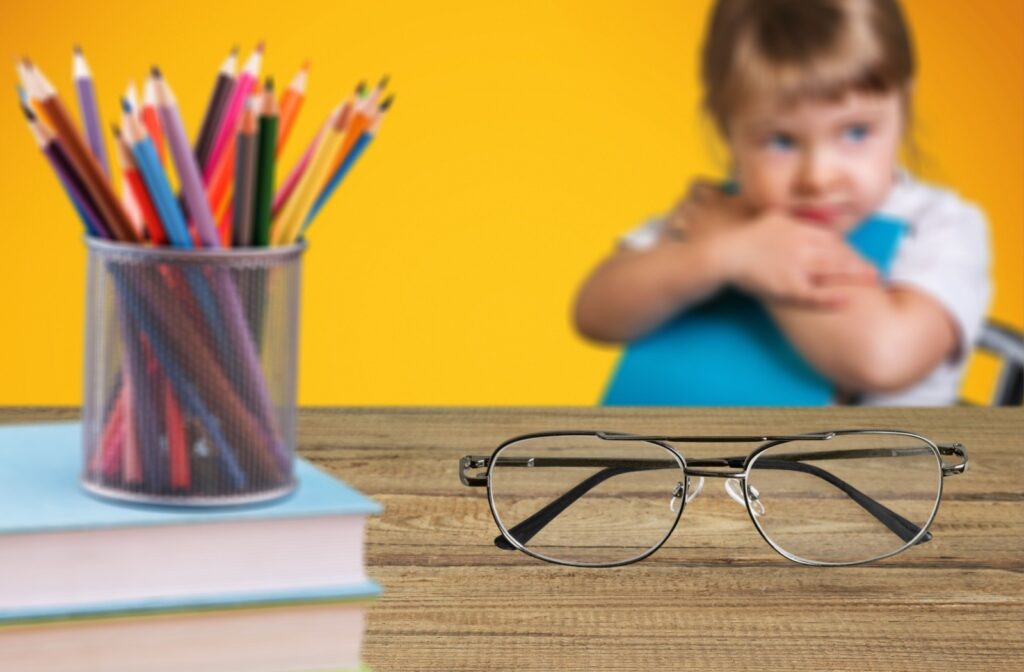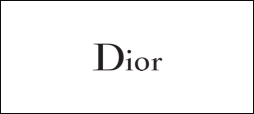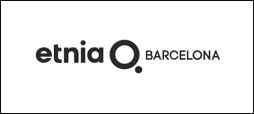We rely on our vision constantly, whether we’re commuting, reading, working, or relaxing. Even slight changes in clarity can affect how we function throughout the day.
Myopia, or nearsightedness, is a common refractive error that causes distant objects to appear blurry while near objects stay in focus. Blurriness and eye strain can make everyday tasks like driving, spotting signs, or recognizing faces more difficult without correction.
Understanding what myopia is, how it can progress over time, and how it affects daily activities can help you know when to seek care and how to support your long-term vision.
What Is Myopia?
Myopia occurs when the eye grows too long from front to back or when the cornea (front of the eye) is too curved. These structural changes cause light to focus in front of the retina instead of directly on it. As a result, distant objects appear blurry, while nearby objects stay clear.
The condition often develops during childhood and may progress into adolescence or adulthood. If not managed, myopia can become more severe over time, increasing the risk of long-term vision and eye health complications.
Signs You Might Have Myopia
Blurred vision at a distance is the most common symptom of myopia, but other signs can appear as the condition develops.
You might have myopia if you experience:
- Difficulty seeing road signs, classroom boards, & distant objects
- Squinting to bring things into focus
- Eye strain or fatigue, especially after long periods of visual concentration
- Headaches triggered by distance-based tasks, including sports
- A tendency to sit close to TVs or hold books very close to the face
Myopia can be inherited, but habits like extended screen use or limited time outdoors may also contribute to its development.
How Myopia Can Disrupt Everyday Life
Myopia can affect everyday routines like reading signs, driving, learning in the classroom, or watching sporting and cultural events. Over time, if left unmanaged, it may progress into high myopia, which is associated with an increased risk of eye health issues.

Even when using corrective lenses, some people might still experience visual fatigue or discomfort in specific situations.
Driving & Travel
Driving is one of the most noticeably affected activities. Distant street signs, exit numbers, or traffic signals can appear blurry, especially at night or in unfamiliar areas. Navigation is more difficult and can compromise safety and confidence behind the wheel.
Learning & Classroom Clarity
In school, students with myopia may struggle to see classroom boards, presentations, or distant learning materials. Kids who can’t see what their teachers are sharing can feel frustrated and disengaged, leading to poor academic performance.
Since younger children may not recognize vision problems, undiagnosed myopia can easily go unnoticed or may show up as disruptive behaviors.
Focus & Productivity at Work
At work, shifting between screens, coworkers, and presentations requires flexible, clear vision. Myopia can make distance vision blurry in these moments, leading to eye strain, missed details, or decreased productivity, especially in visually demanding roles.
Confidence in Social Settings
Recognizing people from across the room or picking up on nonverbal cues becomes harder with uncorrected myopia. Their experience of “missing out” or missing visual information can subtly impact confidence in group settings or social environments, particularly for teens or young adults.
Clarity for Hobbies & Active Lifestyles
Outdoor activities like sports, hiking, or photography rely on sharp distance vision. Myopia may reduce visual clarity and depth perception, making these hobbies harder to enjoy or perform safely. In fast-paced activities, even minor vision delays can affect coordination and comfort.
Is Myopia Curable?
While myopia can’t be cured, it’s highly manageable with vision correction and progression control strategies. There are 2 primary goals of myopia treatment: to improve visual clarity and to help slow the progression of myopia, especially in kids.
Vision Correction Options
- Prescription glasses with single-vision or multifocal lenses correct distance vision & are the most common treatment for sharpening nearsightedness
- Contact lenses, such as soft daily disposables, can provide flexible correction for active individuals & may offer sharper peripheral vision than glasses
- Multifocal contact lenses are specialized lenses with multiple zones for distance & near vision, sharpening vision & helping to slow myopia progression in kids
Myopia Management & Control
Managing myopia early can reduce the risk of long-term eye health complications. Several strategies are available to help slow progression:
- Multifocal eyeglass lenses help reduce visual strain & may help limit the elongation of the eye that contributes to worsening myopia
- Low-dose atropine eye drops, applied at bedtime, can help slow myopia progression in kids by relaxing the focusing muscles of the eye
- Increased outdoor time can decrease your child’s risk of developing myopia & help prevent nearsightedness from worsening
- Limiting close-up tasks & encouraging breaks during screen time or reading helps reduce eye strain & supports healthier visual development
Myopia Doesn’t Have to Limit Your Day
Living with myopia can change the way you move through the world—but with the appropriate support, it doesn’t have to limit you. From driving and learning to work and play, clearer vision makes every moment more comfortable and confident.
If you’re noticing changes in your distance vision or if your child is squinting or sitting too close to screens, it’s worth scheduling an eye exam to explore your options. The friendly, experienced team at Perspectives Vision Clinic is here to help you see clearly and comfortably, every day. Book your appointment today and take the first step toward clearer vision and long-term eye health.










